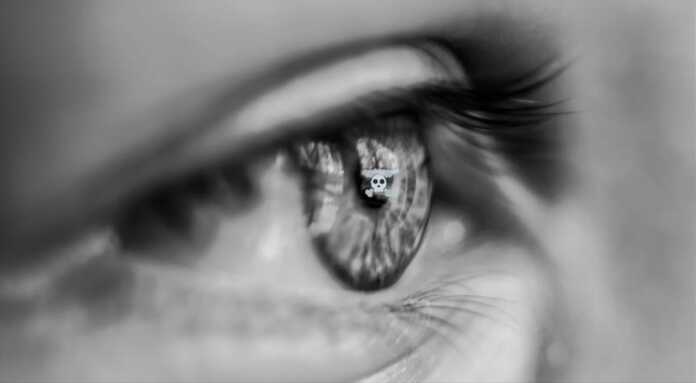Based on the mechanics of the human brain and its ability to distinguish between different parts of an image, a team of researchers say the new system more accurately represents human vision than any previous system.
This cutting-edge artificial intelligence (AI) system can accurately predict the areas of an image where a person is most likely to look. Among other possibilities, this technology could be used for the detection of tumors in medical images.
An “artificial vision” that efficiently searches for things
Being able to focus our attention is an important part of the human visual system, which gives us the ability to select and interpret the most relevant information in a specific scene.
Across the globe, scientists have been applying different computer systems in their studies, to try to recreate this ability to select the most prominent parts of an image, with mixed success from attempt to attempt.
In this research, a Cardiff University team used a deep learning computer algorithm, known as a convolutional neural network, which is designed to mimic the interconnected network of neurons in the human brain and is modeled specifically on the visual cortex.
Due to its way of working, this type of algorithm is ideal for taking images as the basis for an analysis and being able to assign importance to various objects or aspects within the image itself.
The Multimedia Computing Research Group at the UK-based think tank is now working to test the system by helping radiologists find lesions in medical images, with the overall goal of improving the speed, accuracy and sensitivity of medical diagnoses.
In addition to the main potential use highlighted, other possible applications of the new system range from robotics, multimedia communication and video surveillance, to automated image editing.
In their study, the team worked with a huge database of images, in which each image had already been analyzed or simply viewed by humans, to identify “areas of interest” in them, using eye-tracking software.
These images were then fed into the algorithm, and using deep learning AI, the system slowly began to learn details about the images, eventually gaining the ability to accurately predict what the most prominent parts of the image would be.
This new system was put to the test against seven other systems that aim for the same purpose, all of the latest generation and that are already in use. The new system proved to be superior in all analytics metrics.
Dr. Hantao Liu, from Cardiff University’s School of Computer Science and Informatics, highlighted that this AI is “Capable of successfully predicting where people are looking in natural images could unlock a wide range of applications, from automatic target detection to robotics, image processing and medical diagnostics”.
While the team behind the development of this system already plans to work with radiologists, to determine how their help in the detection of lesions in medical images would materialize; they also made their code freely available, “so everyone can benefit from research and find new ways to apply this technology to real-world problems and applications”in Liu’s words.














